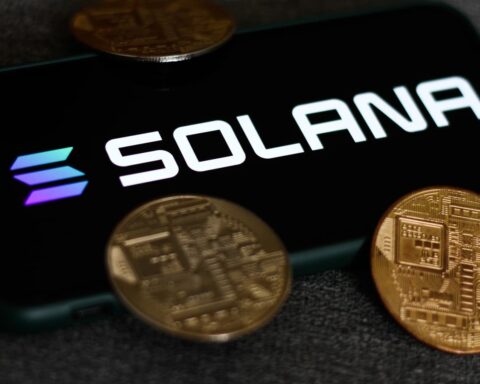On September 5th, the value of Synapse (SYN), the native token of the decentralized finance (DeFi) cross-chain bridge, experienced a substantial drop due to an unexpected event.
A liquidity provider, whose identity remains unknown, executed a considerable sell-off of approximately 9 million SYN tokens on the platform.
This action also involved the withdrawal of all stablecoin liquidity from the Synapse bridge.
Synapse’s official Twitter account, known as X, acknowledged this event as a “liquidity rug” pulled by an anonymous liquidity provider.
However, they emphasized that the security of the Synapse bridge remained intact and unaffected by this incident.
Further investigation revealed that the unidentified liquidity provider responsible for the dramatic token dump was linked to Nima Capital, a venture capital entity that had established itself as a long-term capital partner within the Synapse project.
As part of their involvement, Nima Capital had received a grant from Synapse, committing to lock in $40 million worth of liquidity in SYN tokens.
Intriguingly, analysis of Etherscan data indicated that the same entity received 10 million SYN tokens (equivalent to $3.4 million) from the “Synapse: Executor 2” wallet on April 5th.
As of now, the wallet in question holds no remaining SYN tokens.
Curiously, Nima Capital initiated the rug pull mere months before the scheduled governance proposal.
The company’s actions became evident when its website went offline and the project’s official X account disappeared from online platforms, leading to speculation of a venture capital-driven rug pull.
While rug pulls are frequently observed scams in DeFi ecosystems, characterized by developers altering the project’s code or discontinuing it after the token’s value reaches a certain level, the involvement of a venture capital firm in such an event is relatively uncommon.
The consequences of this event were significant, causing the price of SYN to plummet by more than 20%.
The token reached a multi-week low of $0.30 before eventually rebounding to a level above $0.35 later on the same day.
It’s important to note that DeFi bridges, despite facilitating interoperability among various protocols, are often prime targets for malicious exploitation.
Some of the most notable DeFi hacks have occurred within the realm of cross-chain bridge protocols, underscoring the need for heightened security measures in this space.
Other Stories:
Cathie Wood Envisions Transformational Potential in the Convergence of Bitcoin and AI
Pro-XRP Lawyer Outlines Potential Settlement Scenarios Amid Ripple-SEC SpeculationFTX Debtor
Disclosures Reveal Pre-Collapse Transactions Benefiting Executives and Robinhood Share Acquisitions




